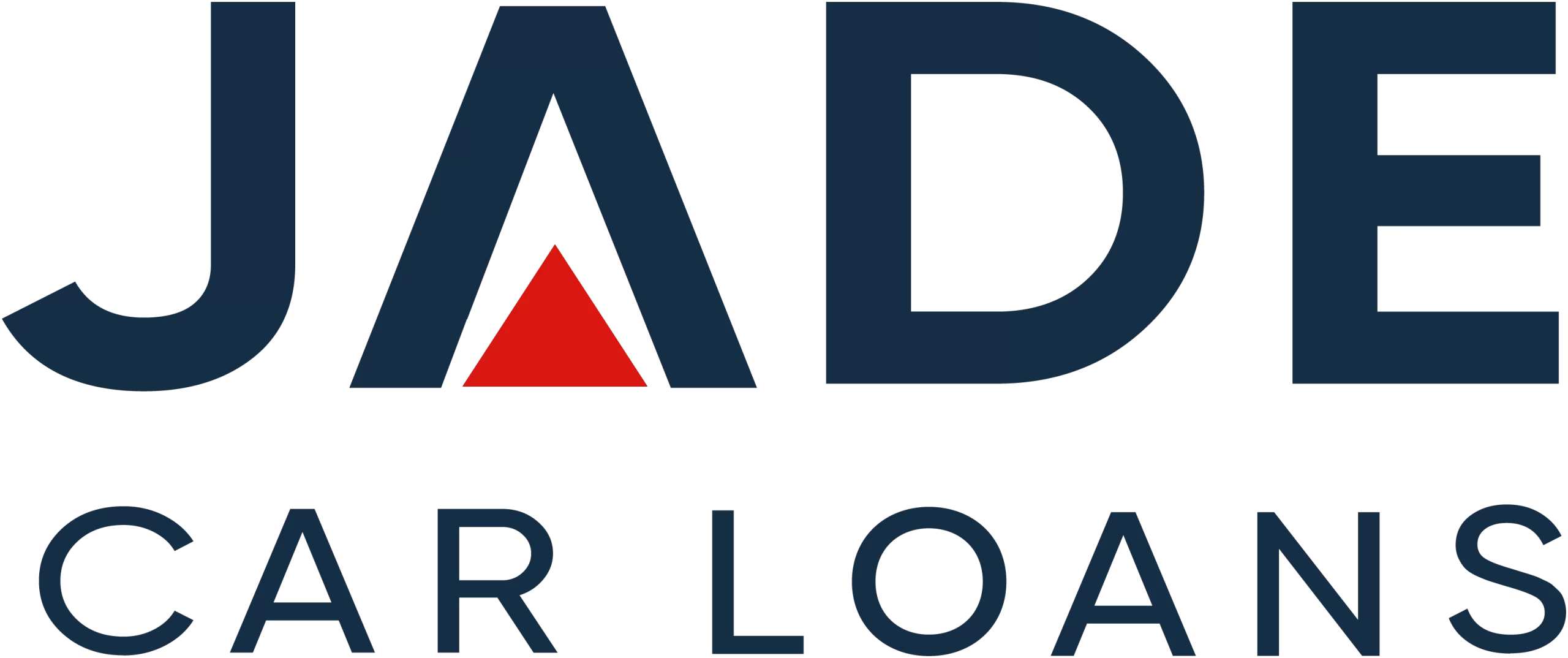Millions of Australians will now have more take home pay with the Stage 3 tax cuts coming into effect this financial year. Personal income tax rates have changed for a wide range of income levels, resulting in less tax payable and a larger amount of after-tax income for many wage earners.
How do you plan to use your increased income? For those with an existing car loan and those planning to buy a car with finance, Jade Car Loans shares tips on using tax cuts to optimise car loans.
Buying a Better Car with Tax Cuts - New v Used
With more available income, many buyers may be in a position to buy a better car, as in a higher priced model, new rather than second-hand, or a better second-hand model. Where financing is required, to assist with the decision around new v used, buyers can be advised to consider the differences between new and second-hand car loans.
New vehicle buyers will generally be approved for a Secured Car Loan. This type of loan allows for the car to be used as collateral for the finance and attracts the best interest rates. With used vehicles, lenders assess the age and condition, value and purchase price of the car as part of the application assessment process.
Many quality, second-hand cars can be purchased with secured finance. But where the car is not accepted by lenders as suitable collateral, an Unsecured Personal Loan may be required. These types of loans have higher interest rates than secured format loans. With new versus used car loans, there can also be differences in loan amounts approved which can affect the deposit required, and in the interest rate offered.
Being in a position to purchase a new model compared with a second-hand car with finance may result in a better interest rate, lower repayments and less servicing and maintenance costs over the ownership period. If looking at that higher priced model or new v used, buyers can use our calculator to work out repayment estimates on multiple models.
Putting Tax Cuts Towards Existing Car Loans
Car owners with an existing loan may benefit from paying down their current loan with their extra income. Making extra payments in addition to the scheduled repayments is allowed with most loan types. Loan holders can simply deposit a little extra each week into their car loan account.
By making extra payments, the loan will be paid off before the scheduled end of the loan term. This is referred to as paying off a loan early. When this occurs, lenders do charge an early payout fee, but it is considered minimal. The benefit can be in less interest being accrued and payable in total.
Finalising an existing car loan may also deliver a benefit in improving the personal balance sheet and if planning to trade-in the vehicle on a new model, having less to pay on the existing loan from any trade-in.
Improving Credit Score and Balance Sheet with Tax Cuts
If planning to buy a car with finance in the near future, benefits can be realised by using any extra income from tax cuts to pay off loans and credit card balances. These benefits can be with the loan amount approved and interest rate offered when applying for the new car loan.
Paying down financial commitments improves the personal balance sheet. A personal balance sheet is essentially what you owe compared with what you own. Lenders look at this position when assessing loan applications. The position of the balance can affect the loan amount approved. This in turn can affect the vehicle being purchased and deposit required.
Having a better balance sheet can also improve credit scores. Having less debt can mean a better credit score. This can contribute to being offered a lower interest rate when applying for a car loan. Individuals can source information and guidance on reviewing and improving their credit score at Moneysmart.
Saving for a Deposit with Tax Cuts
Another way to optimise a car loan with tax cuts is to spend some time saving a larger deposit. This may benefit any car loan application in a number of ways. With a larger savings balance, lenders may make a better interest rate offer and/or approve a higher loan limit. Having a larger downpayment reduces the amount required for the car loan. A lower amount borrowed can mean lower monthly repayments and less interest payable over the loan term.
Tools and Services to Plan Car Purchase and Finance
There are many decisions to be made when purchasing a car with finance. Using our services and our buying tools can assist car buyers with those decisions and obtain the most affordable car loan. When using our broker services, we can provide loan quotes for different vehicles without impacting the credit score as happens when multiple quotes are requested from multiple lenders by borrowers.
Buyers can also use our Car Finance Calculator to work up their own loan estimates on different vehicles and with different loan amounts. When using a finance calculator before applying for a loan, be mindful that interest rates can change over time. Lenders typically change their rates in line with rate decisions by the Reserve Bank. The interest rates used to calculate estimates at this time, may be different to the interest rate market when the application is made, and may be different to the rate you are offered.
For more tips and information on personal car loans, stay across our blogs and updates.
If considering applying for car finance with your tax cuts, speak with Jade Car Loans 1300 000 003 for quotes on the best interest rate loans.
DISCLAIMER: IN REGARD TO MISREPRESENTATIONS AND ERRORS CONTAINED IN THE MATERIAL AS PRESENTED, LIABILITY IS NOT ACCEPTED. THE DETAILS AND CONTENT IS PROVIDED FOR CAR BUYERS AND INDIVIDUALS AND BUSINESS SEEKING FINANCE PURELY AS GENERAL INFORMATION. THIS IS NOT PROVIDED AS THE ONLY SOURCE OF FINANCIAL INFORMATION. ANYONE THAT CONSIDERS THAT NEED FINANCIAL ADVICE ABOUT THEIR SPECIFIC REQUIREMENTS SHOULD SEEK THEIR OWN FINANCIAL ADVISOR.


 " alt="">
" alt="">